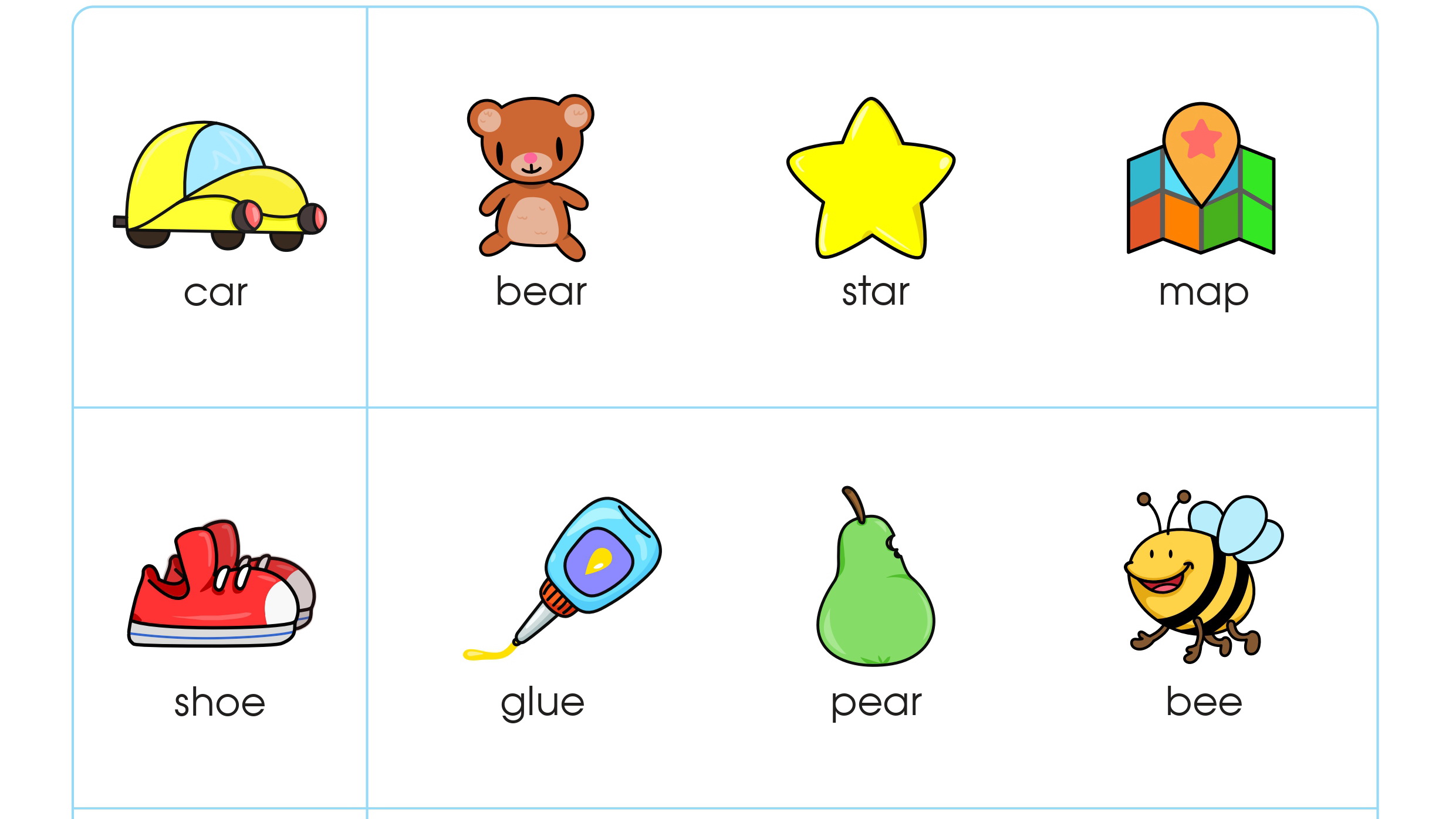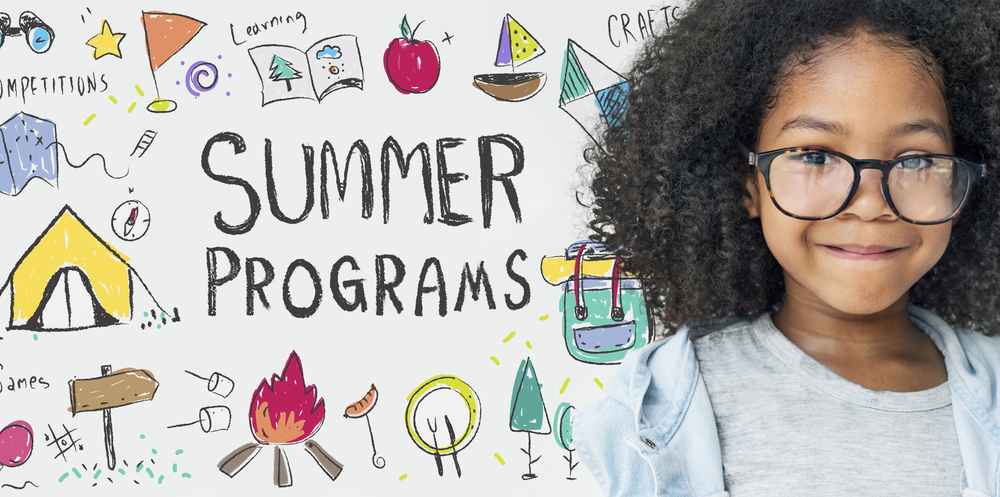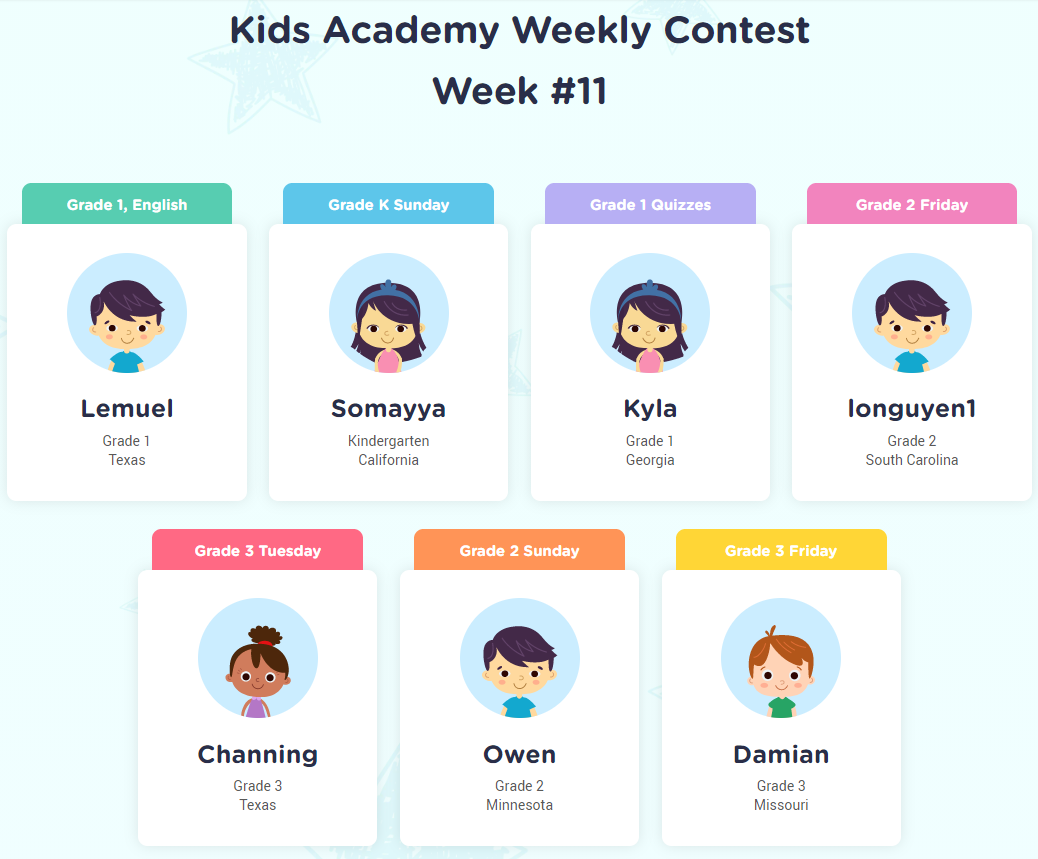Basic Addition Reading Worksheets for Ages 5-6
5 filtered results
-
From - To
Introduce your child to the fundamentals of mathematics with our "Basic Addition Reading Worksheets" designed for ages 5-6. Perfect for kindergartners and first graders, these engaging, colorful worksheets combine reading and maths to make learning fun and effective. Your child will develop critical skills in counting, number recognition, and simple addition through interactive exercises that capture their imagination. Each activity enhances both math and reading abilities, preparing young learners for future academic success. Check out our collection now to turn addition into an exciting adventure for your little learner!
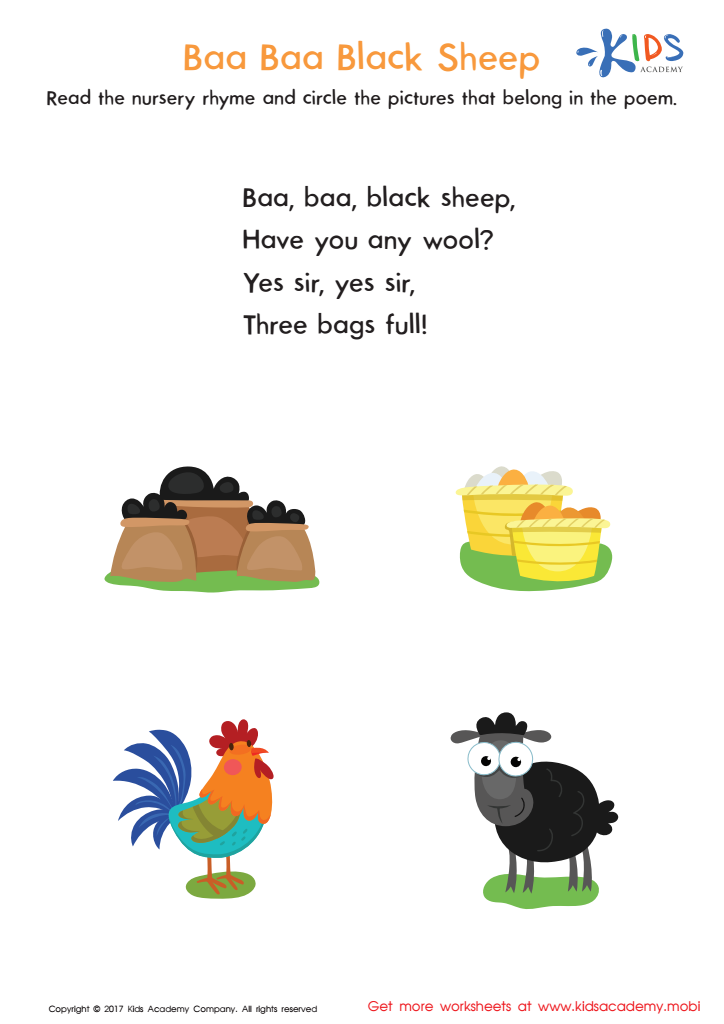

Baa Baa Black Sheep Printable
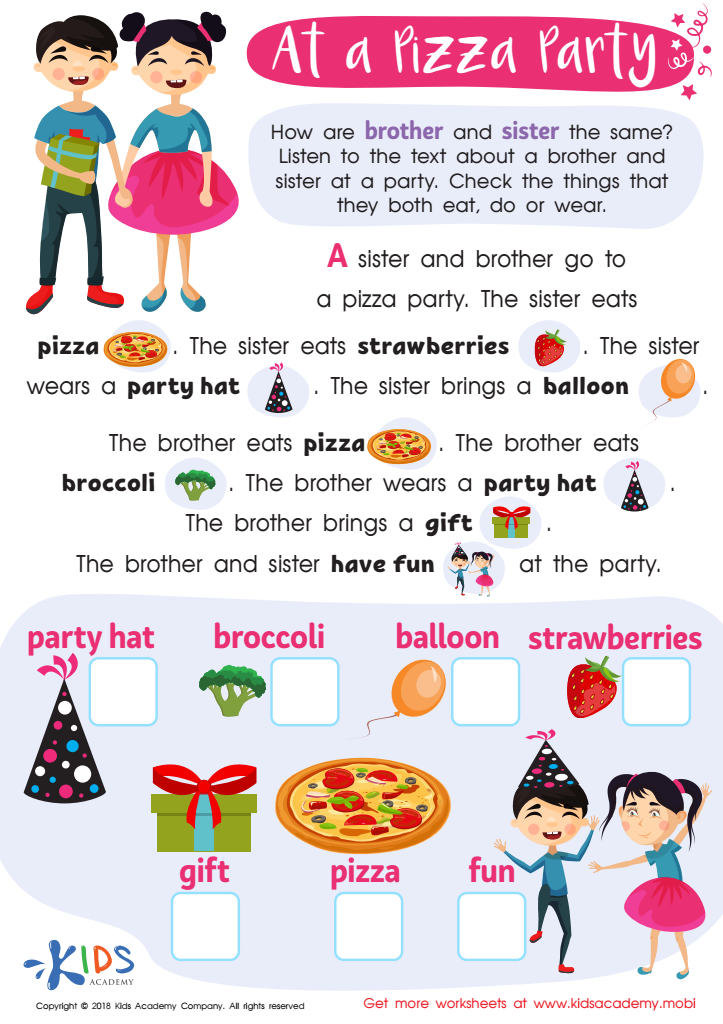

At a Pizza Party Worksheet
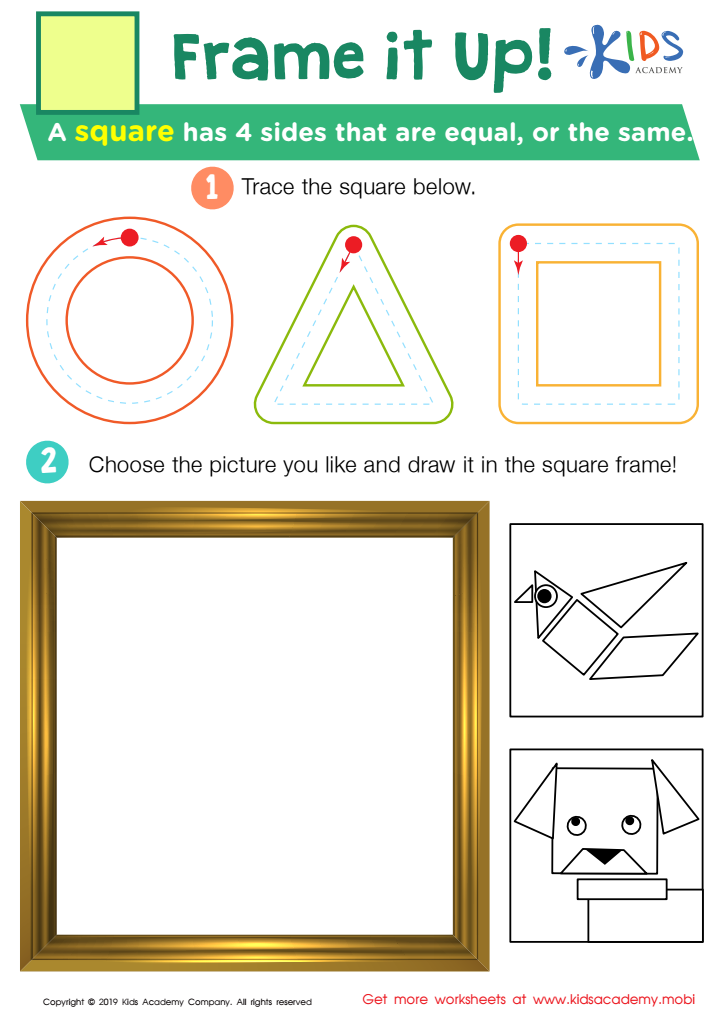

Frame it Up Worksheet
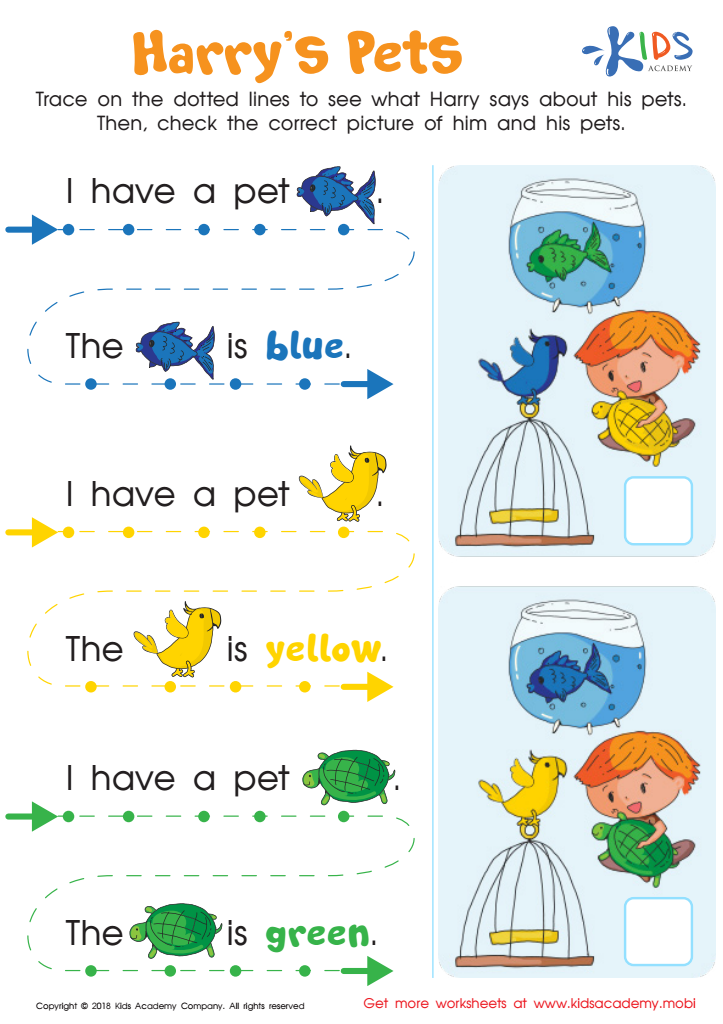

Read from Left to Right: Harry's Pets Worksheet
Parents and teachers should prioritize teaching basic addition to children ages 5-6 because it serves as a cornerstone for their future mathematical learning and overall cognitive development. At this formative age, young minds are highly receptive and are building foundational skills that will support more advanced concepts in the future. Understanding basic addition boosts numerical literacy, allowing children to grasp the idea of adding quantities together, which is critical for everyday tasks like counting money, telling time, and measuring ingredients in recipes.
Additionally, early engagement with basic addition enhances problem-solving skills and critical thinking. As children learn to combine numbers, they also learn to analyze and reason through different scenarios, which supports broader educational outcomes beyond mathematics. This early mathematical interaction encourages a positive attitude toward the subject, reducing math anxiety as they progress through school. Engaging with numbers at a young age also improves concentration and memory, as children recall addition facts and apply them in various situations.
Moreover, mastering basic addition fosters independence and confidence in young learners, as they take pride in their ability to solve problems on their own. This sense of achievement can build a strong self-esteem and motivate them to tackle other challenges in life. Hence, parents and teachers play an essential role in nurturing these early math skills, setting students up for long-term success.
 Assign to My Students
Assign to My Students




